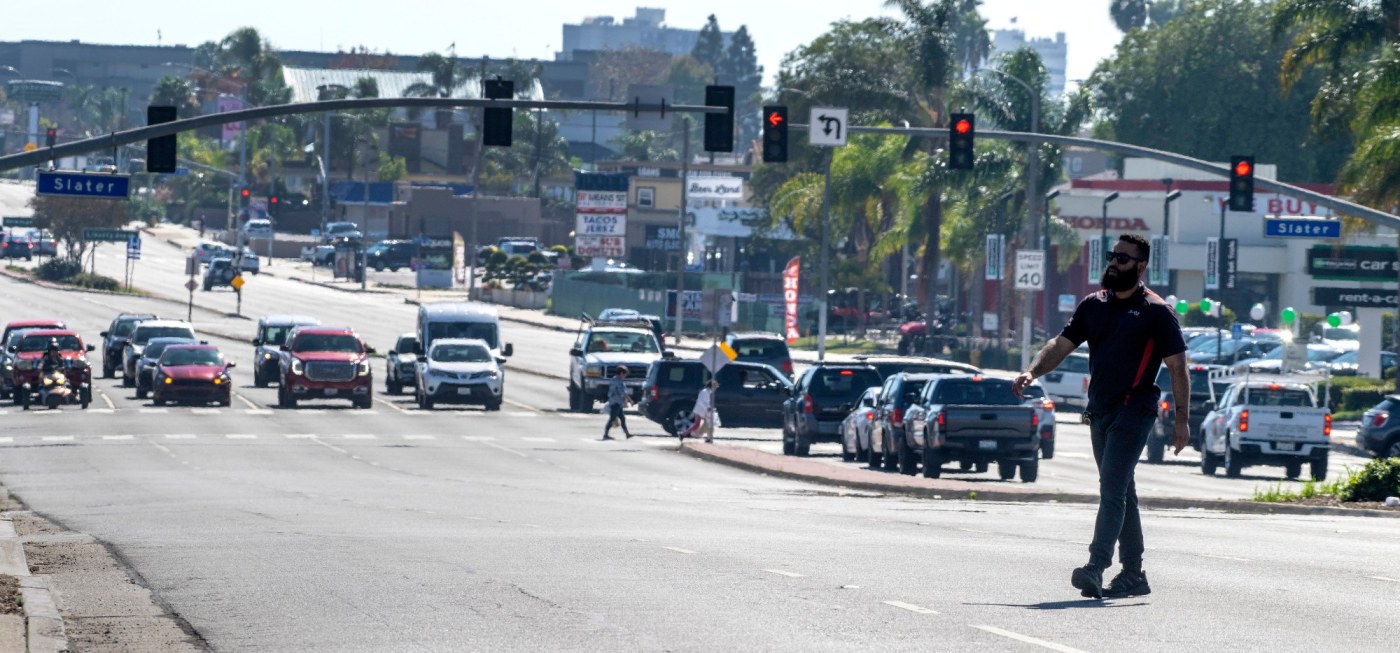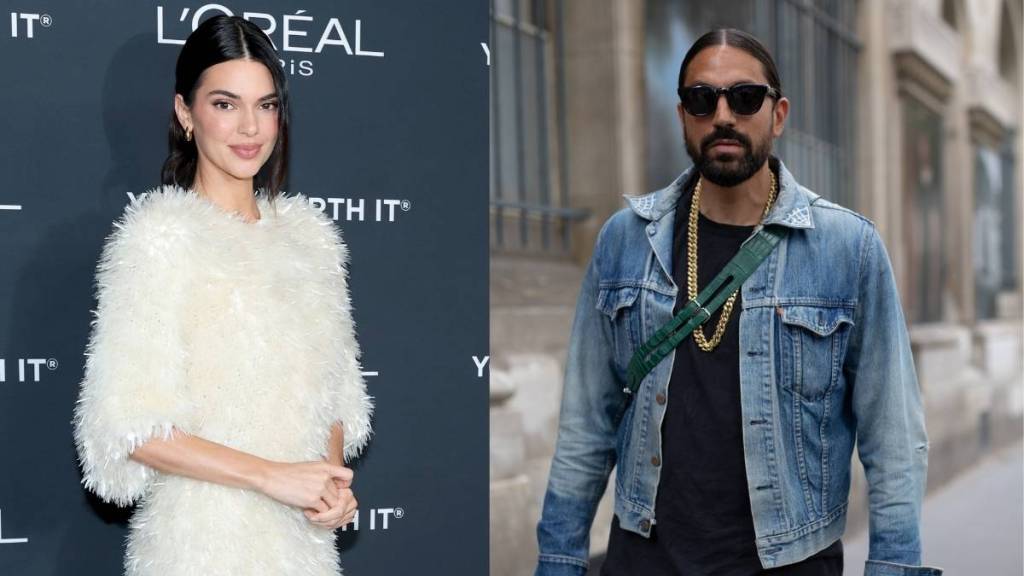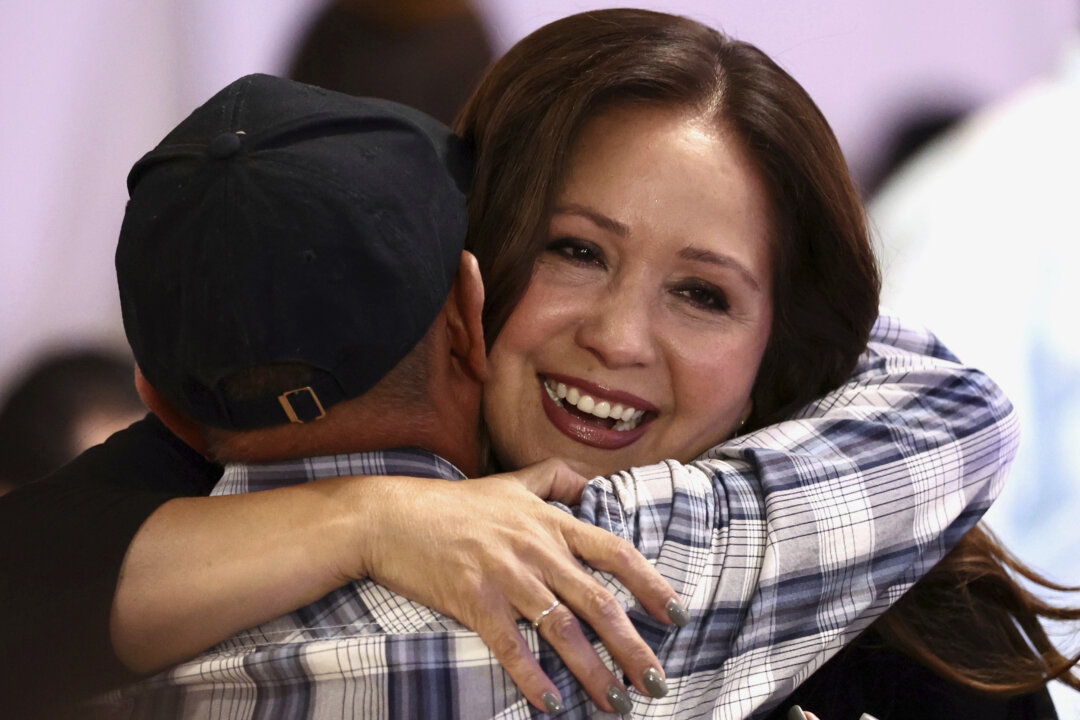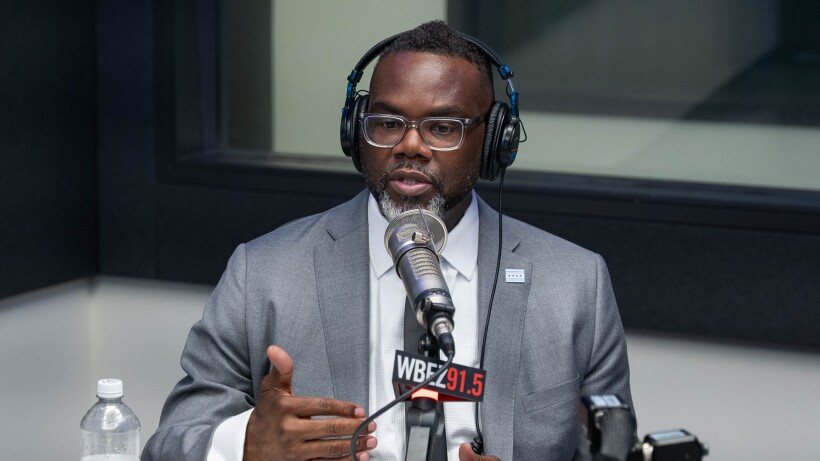Cuomo and Adams Spar in Political Contest Over Mamdani’s Future
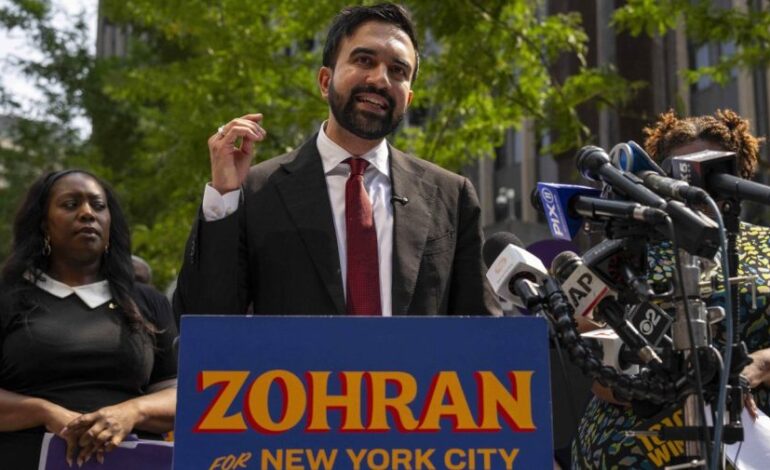
The political landscape in New York City is heating up as former Governor Andrew Cuomo and current Mayor Eric Adams appear to be engaged in a tense contest regarding their preferences for the upcoming 2025 election. Speculation is rife about whether both figures are subtly supporting Zohran Mamdani, a progressive candidate, as they navigate their own ambitions and public images.
This unfolding scenario has captured the attention of political analysts and constituents alike. The backdrop of this contest is a city facing numerous challenges, including public safety, housing affordability, and economic recovery. Both Cuomo and Adams have their respective bases of support, but neither has publicly endorsed Mamdani, leading to questions about their strategic intentions.
Political Dynamics at Play
Cuomo, who resigned in August 2021 amid a series of scandals, is seeking to rehabilitate his image and remain relevant in New York politics. Meanwhile, Adams, who took office in January 2022, is balancing his own political capital while addressing the concerns of New Yorkers. Their competition is characterized by a lack of direct confrontation, instead manifesting as a subtle game of political maneuvering.
The stakes in this contest are significant. Mamdani, who represents a younger, more progressive wing of the Democratic Party, is gaining traction among voters disillusioned with traditional politics. His platform focuses on affordable housing, climate change, and criminal justice reform, resonating with a demographic eager for change.
Cuomo and Adams may be weighing the potential benefits of Mamdani’s candidacy against their own interests. By allowing Mamdani to gain momentum, they could position themselves as influential players in shaping the Democratic agenda. This strategy might also serve to distance themselves from more moderate candidates who could dilute their appeal.
The Implications for New York City
As the political landscape evolves, the implications for New York City are profound. The outcome of the 2025 election could determine the direction of policies affecting millions of residents. Voter sentiment is shifting, and both Cuomo and Adams are acutely aware that supporting a candidate like Mamdani could either bolster their political ambitions or jeopardize their standing.
Despite their differing approaches, both Cuomo and Adams share a common goal: to maintain their relevance in an ever-changing political environment. Their actions in the coming months will likely shape the narrative leading up to the election.
The dynamics at play in New York City serve as a microcosm of broader trends within the Democratic Party. Candidates like Mamdani represent a growing faction that prioritizes progressive policies, challenging established norms. As the election draws closer, the actions of Cuomo and Adams will be scrutinized, with voters eager to see how their choices impact the future of the city.
In conclusion, the political contest between Cuomo and Adams, framed by the ascent of Mamdani, reflects a complex interplay of ego, strategy, and the evolving expectations of constituents. The coming months will reveal whether these dynamics will lead to a transformative election or reinforce traditional power structures in New York City.


